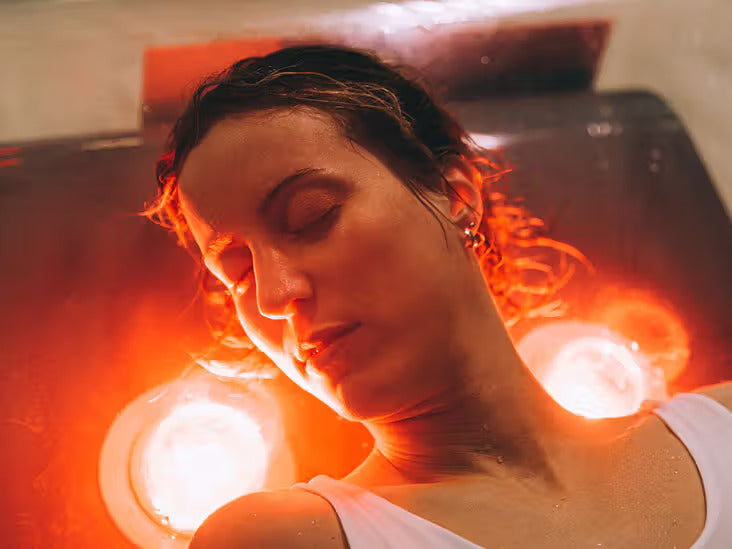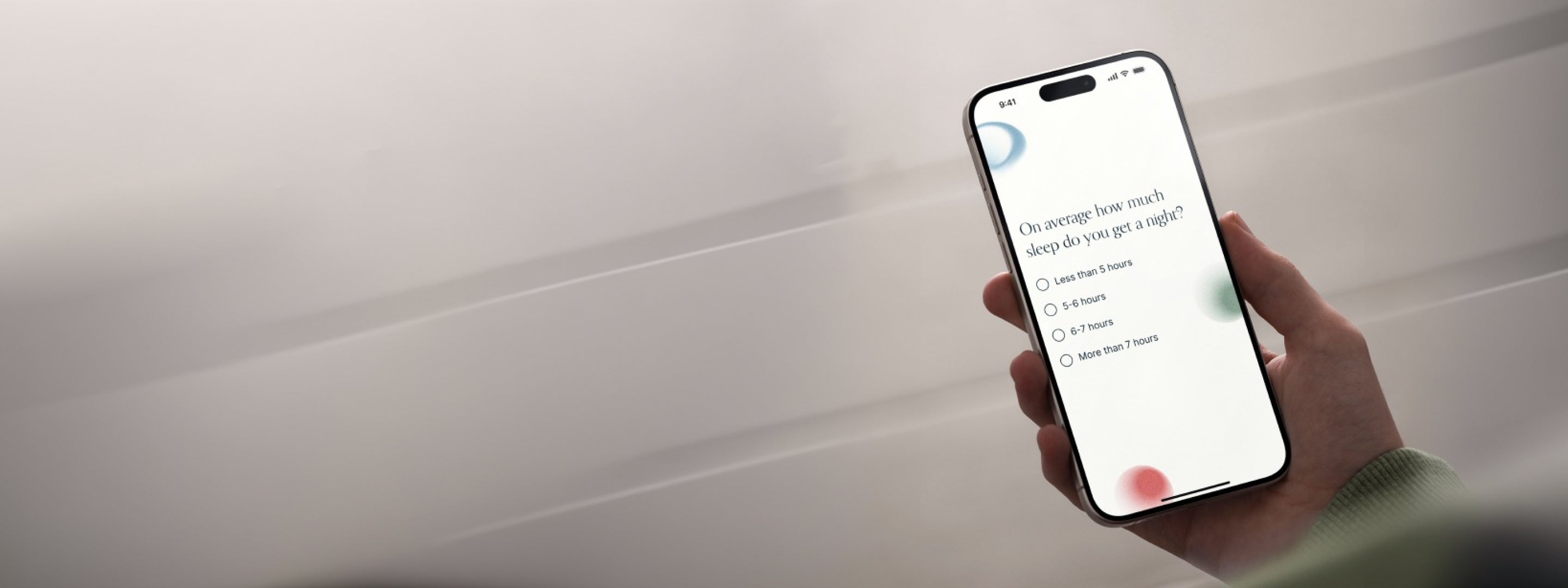
Yoga for Menopause: Benefits and Poses
- Written by: Corentin Hugot
Menopause can bring about a range of physical and emotional changes, but incorporating yoga into your routine can help manage these symptoms effectively. Yoga promotes relaxation, reduces stress, and improves physical health, making it an excellent practice for women going through menopause. This article explores the benefits of yoga for menopause and recommends specific poses to help alleviate symptoms.
Amira is proud to have researched yoga best practices to provide relevant content tailored to her audience of women going through menopause. Please do not hesitate to contact us if you have any feedback on the content or suggestions for improvement.
Benefits of Yoga During Menopause
Reduces Stress and Anxiety
Yoga emphasizes deep breathing and mindfulness, which can significantly reduce stress and anxiety levels. This is particularly beneficial during menopause, a time when hormonal changes can trigger mood swings and anxiety. For more strategies on managing menopause-related anxiety, see our article on Hot Flashes and Anxiety.
Improves Sleep
Practicing yoga can help regulate your sleep patterns and improve sleep quality. The relaxation techniques used in yoga can make it easier to fall asleep and stay asleep, combating insomnia often experienced during menopause. If you’re struggling with sleep, our Menopause and Lack of Sleep article provides additional tips.
Enhances Flexibility and Strength
Yoga poses stretch and strengthen muscles, improving overall flexibility and physical strength. This can help counteract the muscle and joint stiffness that sometimes accompanies menopause. By the way if you want to know more about Joint Pain during Menopause feel free to check this article out.
Balances Hormones
Regular yoga practice can help balance hormone levels, reducing the severity of menopause symptoms like hot flashes, night sweats, and mood swings. If you experience frequent hot flashes, consider using our Terra cooling device designed to provide relief.
Supports Bone Health
Weight-bearing yoga poses can strengthen bones and reduce the risk of osteoporosis, a condition more prevalent in postmenopausal women. We found out on this website that Yoga has more impact than we can imagine on this matter.
Recommended Yoga Poses for Menopause
If you are a person who prefere vidéos we liked that Yoga Session for Menopause and recommand it to our readers and customers with confidence.
Child’s Pose (Balasana)
Child’s Pose is a restful pose that helps calm the mind and relieve stress and fatigue. It gently stretches the lower back and hips, providing relief from tension.
- Kneel on the floor, sit back on your heels, and fold forward, extending your arms in front of you.
- Rest your forehead on the mat and take deep breaths, holding the pose for several minutes.
Cat-Cow Pose (Marjaryasana-Bitilasana)
This gentle flow between two poses warms the body and brings flexibility to the spine. It also helps relieve stress and calm the mind.
- Start on your hands and knees, aligning your wrists under your shoulders and your knees under your hips.
- Inhale, arch your back, and lift your head and tailbone (Cow Pose).
- Exhale, round your spine, and tuck your chin to your chest (Cat Pose).
- Continue flowing between these two poses for 1-2 minutes.
Bridge Pose (Setu Bandhasana)
Bridge Pose strengthens the back, glutes, and hamstrings while opening the chest and improving circulation. It can help alleviate symptoms of depression and anxiety.
- Lie on your back with your knees bent and feet flat on the floor, hip-width apart.
- Press your feet into the mat, lift your hips, and clasp your hands under your back.
- Hold for 30 seconds to a minute, then slowly lower your hips back to the mat.
Legs Up the Wall Pose (Viparita Karani)
This restorative pose is excellent for reducing stress, promoting relaxation, and improving circulation. It can also help relieve headaches and reduce symptoms of mild depression.
- Sit close to a wall and swing your legs up onto the wall as you lie back.
- Adjust your position so that your hips are as close to the wall as possible.
- Rest in this pose for 5-10 minutes, focusing on deep breathing.
Corpse Pose (Savasana)
Savasana is a final relaxation pose that helps you integrate the benefits of your yoga practice. It promotes deep relaxation and stress relief.
- Lie flat on your back with your arms by your sides, palms facing up.
- Close your eyes, breathe naturally, and focus on relaxing each part of your body.
- Stay in this pose for 5-10 minutes.
Incorporating Yoga into Your Routine
Consistency is key when it comes to experiencing the benefits of yoga. Aim to practice at least three times a week, incorporating both active and restorative poses. You can also integrate mindfulness and deep breathing exercises into your daily routine to help manage stress and improve overall well-being. For additional lifestyle tips during menopause, our article on Diet Tips for Managing Menopause Symptoms may be helpful.
Personal Stories
Hearing from others who have incorporated yoga into their menopause management routine can provide inspiration and practical tips. For instance, Jen found that a nightly yoga routine significantly improved her sleep quality and reduced her hot flashes. Sarah noticed a marked reduction in her anxiety levels and felt more grounded after incorporating yoga into her daily schedule.
Conclusion
Yoga offers a holistic approach to managing menopause symptoms, providing both physical and emotional benefits. By incorporating yoga into your routine, you can reduce stress, improve sleep, enhance flexibility, balance hormones, and support bone health. Start with the recommended poses and gradually build a practice that suits your needs. For more tips and personal stories on managing menopause symptoms, check out our other blog articles. If you ever feel the need to talk or get more personalized advice, don’t hesitate to reach out to us at Amira—we're here for you.

Sleep Cool, Wake Refreshed
Terra’s smart cooling system stops hot flashes before they wake you.
Predicts & cools in seconds
No noise, no interruptions
Wake up refreshed





